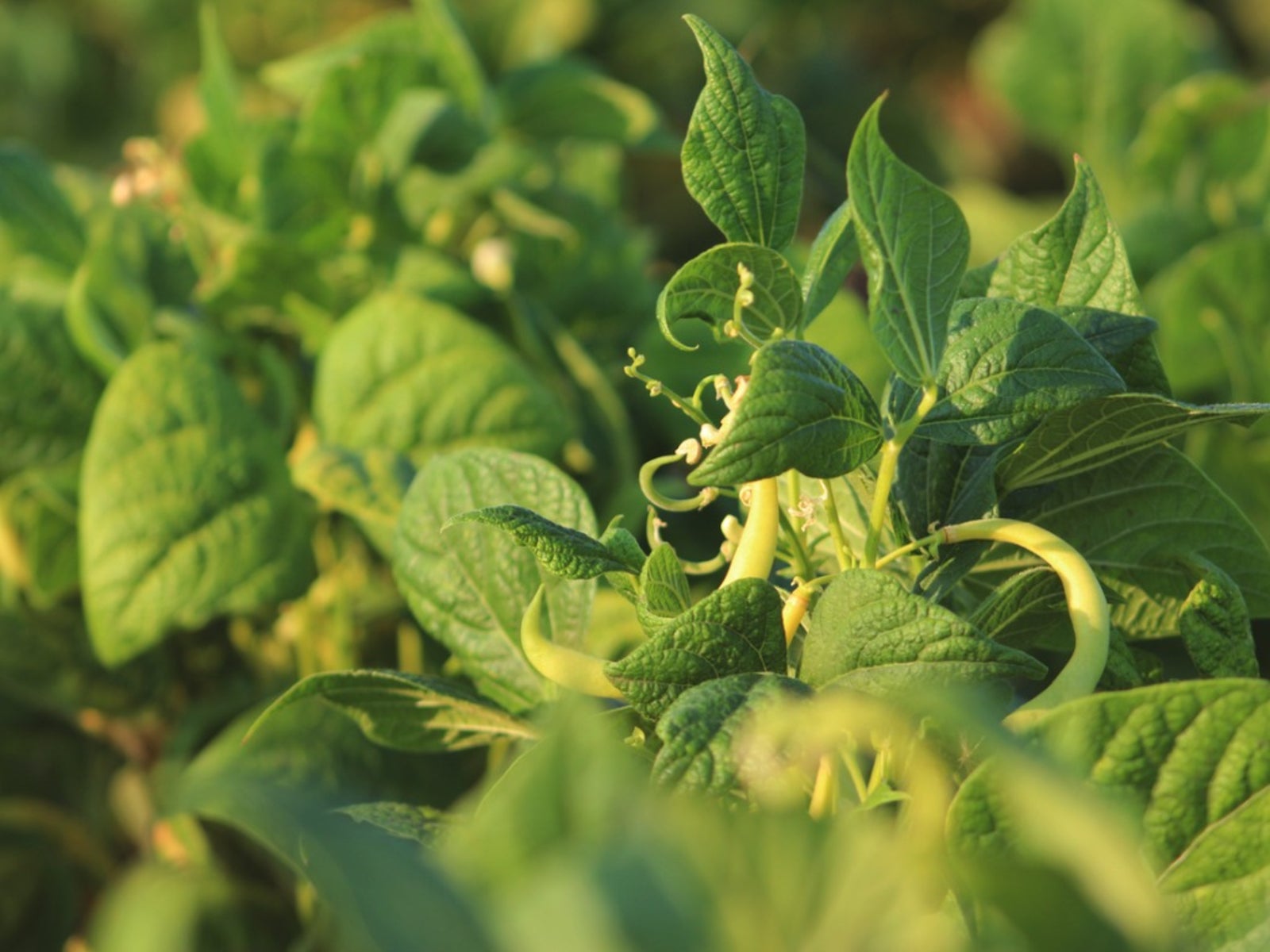Planting Bush Beans - How To Grow Bush Type Beans


Gardeners have been growing bush beans in their gardens for almost as long as there have been gardens. Beans are a wonderful food that can be used either as a green vegetable or an important protein source. Learning how to plant bush beans isn't hard. Keep reading to learn more about how to grow bush type beans.
What are Bush Beans?
Beans come in one of two types: bush beans and pole beans. Bush beans differ from pole beans in the fact that bush beans don't need any kind of support to stay upright. Pole beans, on the other hand, need a pole or some other support to stay upright.
Bush beans can be further broken down into three types: snap beans (where the pods are eaten), green shelling beans (where the beans are eaten green) and dry beans, (where the beans are dried and then rehydrated before eating.
In general, bush beans take less time than pole beans to produce beans. Bush beans also will take up less room in a garden.
How to Plant Bush Beans
Bush beans grow best in well drained, organic material rich soil. They need full sun to produce best. Before you start planting bush beans, you should consider inoculating the soil with bean inoculant, which will have bacteria that help the bean plant produce better. Your bush beans will still produce if you do not add bean inoculants to the soil, but it will help you get a bigger crop from your bush beans.
Plant bush bean seeds about 1 1/2 inches (3.5 cm.) deep and 3 inches (7.5 cm.) apart. If you are planting more than one row of bush beans, the rows should be 18 to 24 inches (46 to 61 cm.) apart. You can expect the bush beans to germinate in about one to two weeks.
If you would like a continuous harvest of bush beans through the season, plant new bush bean seeds about once every two weeks.
Sign up for the Gardening Know How newsletter today and receive a free copy of our e-book "How to Grow Delicious Tomatoes".
How to Grow Bush Type Beans
Once bush beans have started growing, they need little care. Make sure that they get at least 2-3 inches (5 to 7.5 cm.) of water, either from rainwater or a watering system, a week. If you would like, you can add compost or fertilizer after the bush beans have sprouted, but if you started out with organic rich soil they do not need it.
Bush beans do not normally have any issues with pests or disease but on occasion they will suffer from the following:
Pests such as aphids, mealybugs, bean beetles and bean weevils can be a problem too.

Heather Rhoades founded Gardening Know How in 2007. She holds degrees from Cleveland State University and Northern Kentucky University. She is an avid gardener with a passion for community, and is a recipient of the Master Gardeners of Ohio Lifetime Achievement Award.